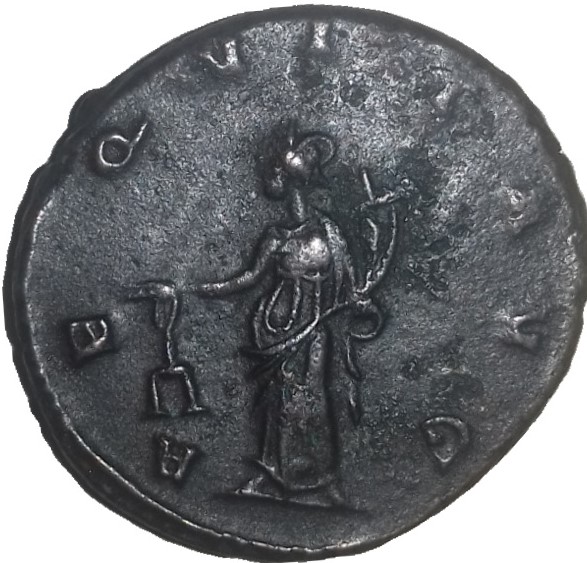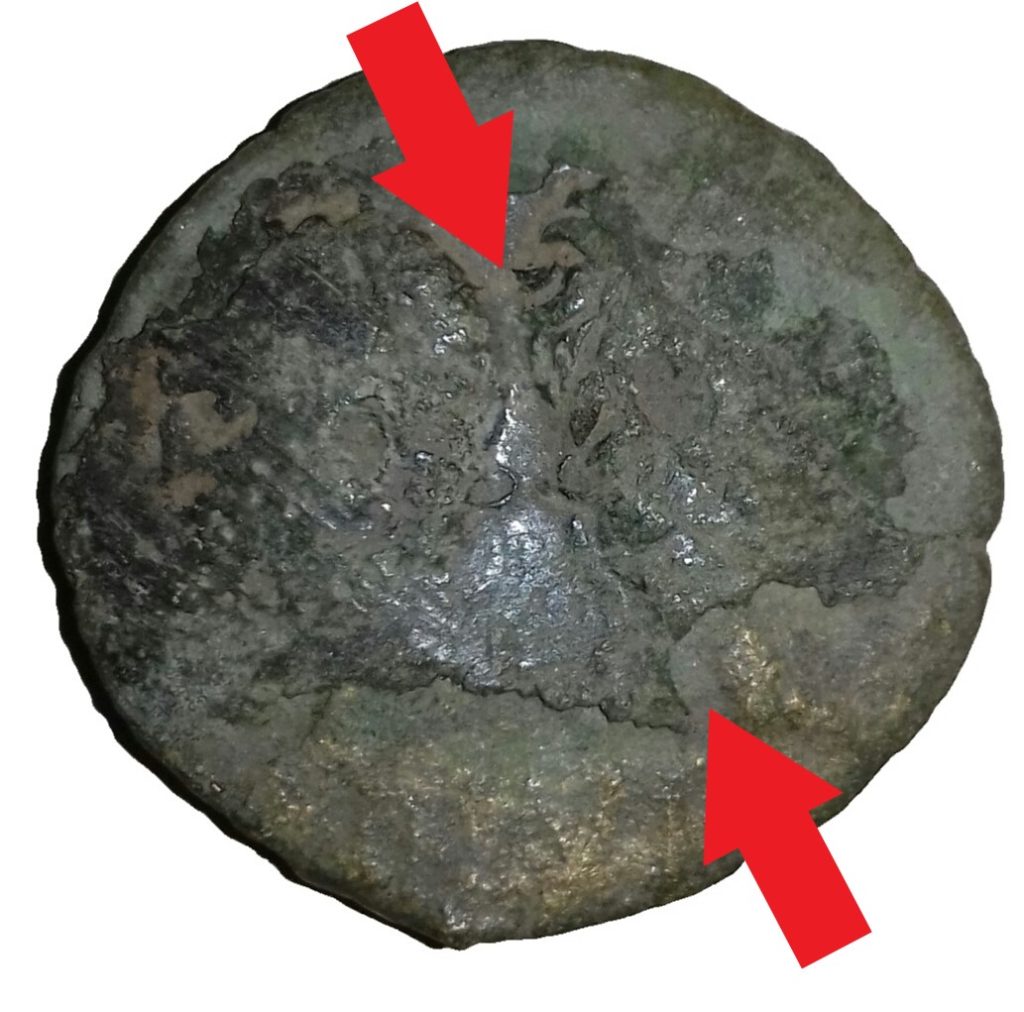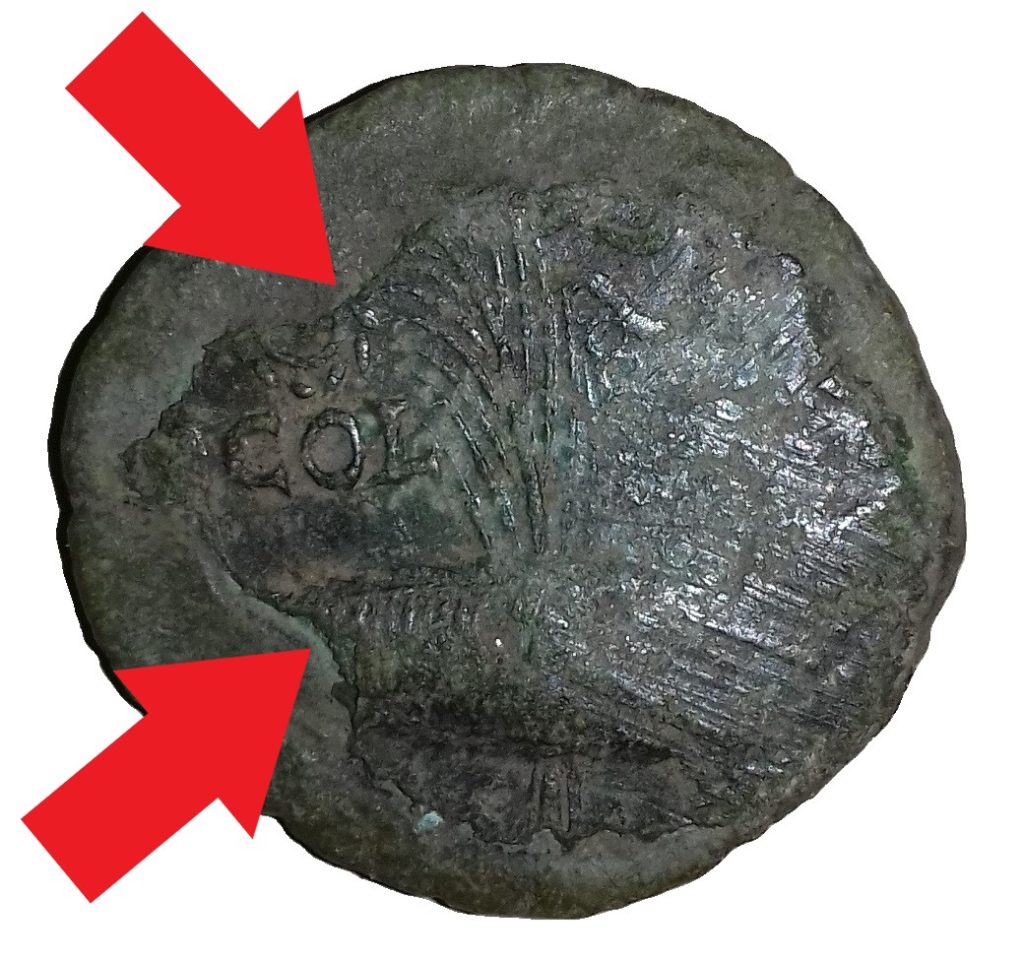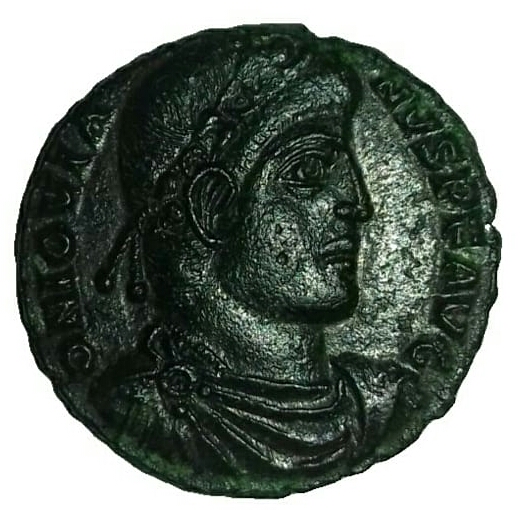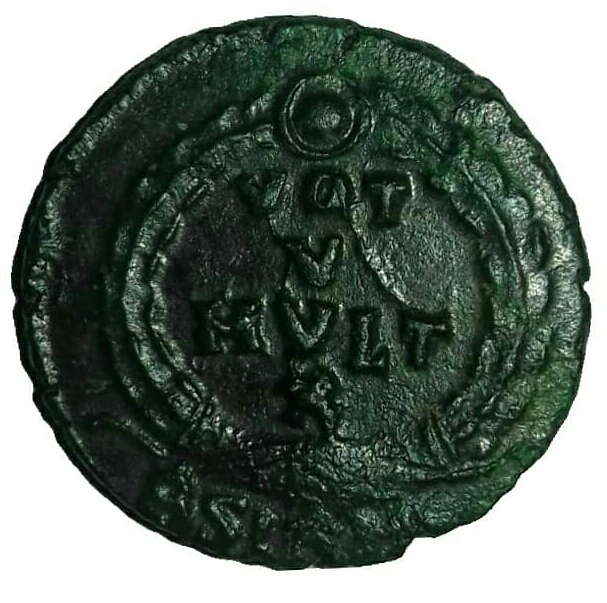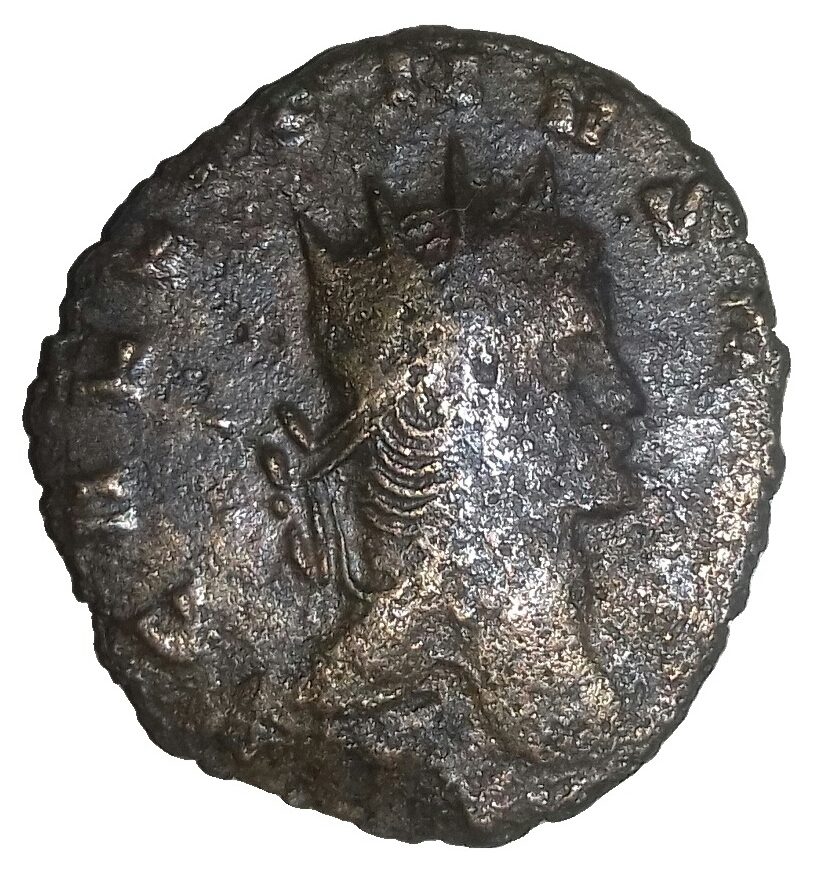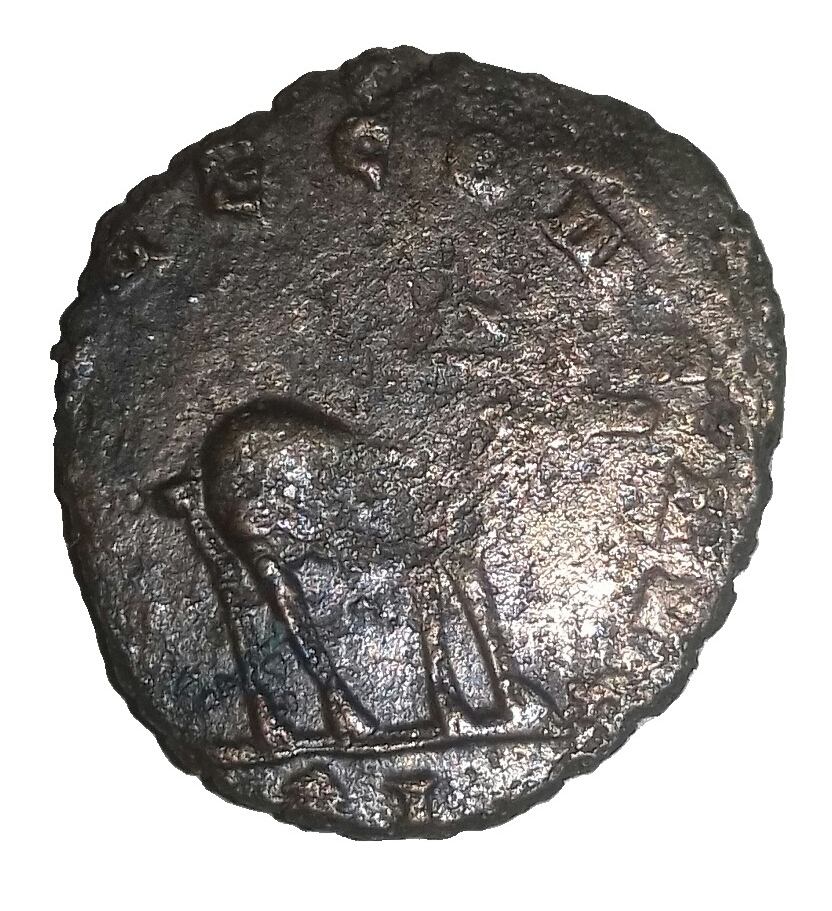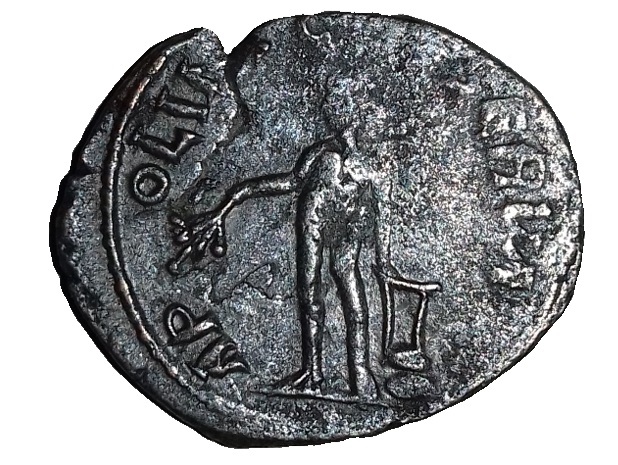Hello everyone ! How are you ? Today we are going to talk about a very important topic in numismatics : how to clean a coin ? This can be very useful if you have just discovered a coin in your garden, completely by chance, or in detection or you have just bought one which is a little dirty. So I often say that you should not clean your coins and it is true, but let’s say that you can do it within a certain limit that you must not exceed. Indeed, cleaning allows “to improve” your coin by making it in better condition … but it can also degrade it. That’s why we have to be careful. We are therefore going to see in which situation cleaning is necessary, the different existing methods depending on the material of the coin… Let’s now get to the heart of the matter and good reading.
Things not to do
Before cleaning your change, there are some things you should not do. Indeed, if for example your coin is in good condition, that it is not covered with earth or anything else … There is no point in cleaning it. Here is an example :
You should know that the coins are covered for the most part and especially for coins having at least several decades, with a patina. Patina is a layer of oxidation that forms when the metal that makes up money oxidizes. For example, a nail that is in the ground will form an oxidation layer called “rust”. It’s the same with coins. Except that it is necessary to keep this one and especially not to remove it, in particular with too aggressive cleaning. Indeed, the patina is a kind of witness to the time that has passed and collectors like to have a coin with a good patina. Personally, I never buy a coin that has been cleaned to the point of removing this layer or the price really has to be very attractive.
Also, there are certain products that should not be used, all that is vinegar, cola, lemon, salt… They must be banned. Of course, acid, acetone … too!
Finally, do not rub your coins with abrasive tools. For example, iron wool, sandpaper… The grinder is in the same category!
But how can you clean your coin ?
Before cleaning your coin
So to clean your change, there are several precautions to take. First, check what metal your change is made of. Most of the time, the coins are copper / bronze / brass, silver, aluminum, billon and gold. Now check to see if the patina of your coin is solid. For example, does she fall apart? (this sometimes happens on copper coins, at the edges). For example, we can see it here:
If the patina doesn’t hold, go no further as it will likely come off when cleaning and sometimes it can remove any bumps with it and make your change smooth.
Once you’ve made sure the metal of your coin is and the strength of the patina, you can move on.
Clean your coin
To clean your coin, there are different solutions.
The first solution to clean a coin : use water and a cotton swab
It’s very classic but very effective especially against dirt (if it’s not too hard). In addition, it works with all metals and does not damage coins. However, be careful to regularly change the cotton swab so as not to scratch the coins with the plastic stick. So all you have to do is wet your change with water, do the same with the cotton swab and rub the change with it in small circles. You can also do the same thing but add a little Marseille soap to the water. Finally, you can do the same with a toothpick, but be careful not to scratch the change.
The second solution to clean a coin : Marseille Soap
This method also works with all coins. You must therefore immerse the change in a hot water bath containing Marseille soap and leave it there for several hours or even a day if necessary. Afterwards, remove the change from the soapy bath and rub it with a cotton swab wet with clean water. Then rinse the change with plenty of clean water. Be very careful because, especially on coins with a green patina such as bronze ones, a whitish deposit may appear once the coin is dry if the latter is not rinsed well enough
The third solution to clean a coin : olive oil
This method should not be used on coins with a green patina as in the photos below.
Indeed, this would have the consequences of blackening the patina and therefore making the money black. However, this method is very effective on coins with a patina like this (see photos below) and for all other coins. Moreover, it allows you to bring out the details of your coin.
(This coin doesn’t really need a cleaning. But olive oil can bring out some details)
So you should soak your change in an olive oil bath and leave it for a few hours (you can leave it longer if you want). Then take it out of the bath and rub it gently with a cotton swab containing olive oil. Afterwards, wipe the change with a tissue several times to remove all the oil (avoid using a degreaser for this step such as washing up liquid as this could be harmful for the change).
The fourth solution to clean a coin : ultrasound machines
To clean your coins, you can use a special machine that emits ultrasound to remove impurities from the coins. These machines are quite efficient, but be careful with the coins you put in here too. Indeed, some very fine coins such as feudal billon coins can simply break. Also, if you put in a filled coin, the metal film may jump. So you have to pay close attention to the coins you select.
If you want to know more about these machines, click on this link: https://amzn.to/2Kz0w6N
The fifth solution to clean a coin : water with flour
Not long ago, I was advised to clean a coin, to rub it with flour and a little water. Afterwards, you have to rinse the change with water. Depending on the person, this method is effective. Unfortunately, I haven’t had a chance to try it, but if you clean a coin with this technique, let me know in the comments and let me know if it works or not.
Obviously, there are other techniques for cleaning coins, but here they are the ones I know and have tested (apart from the last one). Also, let me know in the comments if you know of any other effective methods.This article is now complete. Hope you liked it. If so, let me know in the comments and tell me what you would like the next article to talk about. Also, let me know if you know these methods and if you know of others. See you in two weeks!
Receive my free book Around the Roman Coin by clicking here



